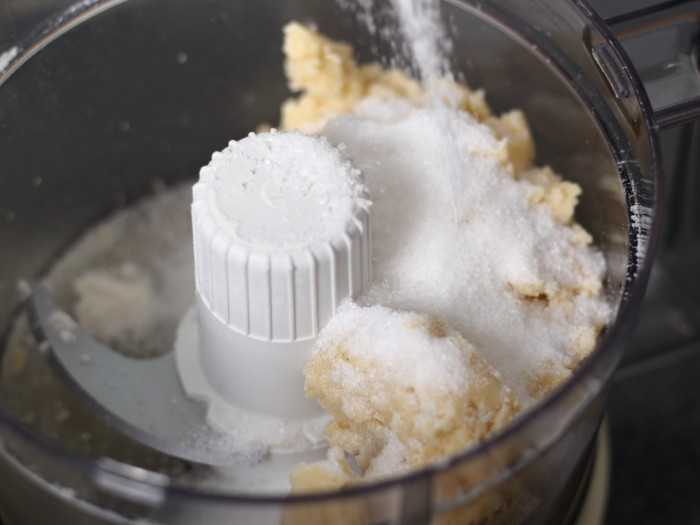Learning about castor sugar substitutes and their properties will guarantee that you’re never caught off guard when this relatively unusual ingredient is called for in a recipe. Castor sugar is the sugar that has been ground very finely, and it can be found under the names bakers sugar, superfine sugar, or caster sugar. It is finer than granulated sugar, but not as fine as icing/powdered or confectioners sugar.
Castor Sugar Substitutes
Castor sugar is widely used in Europe where their ‘granulated sugar’ is typically much coarser than sugars ground for US consumption, so castor sugar can be harder to get in the United States. You can likely find it at specialty grocers or you can order it online, but because it is less common, it sometimes comes with a higher price tag. You may want castor sugar substitutes if your recipe calls for this ingredient, but you don’t have any on hand. While there aren’t many viable options, it is important to know how each might affect the outcome of your recipe. [1]
Granulated Sugar
The only difference between these sugars is the size of the individual sugar crystals. Superfine crystals dissolve quickly in wet ingredients and make for a light and fluffy combination. You can use an equal amount of granulated sugar, but allow extra time for creaming, which is the process of mixing butter and sugar together to create air pockets. Using granulated sugar will give your desserts the same flavors, but different textures. [2]

Making your own castor sugar. Photo Credit: Shutterstock
Make Your Own
If you’re making a meringue, a sponge cake, or another very light dessert, you should already be using superfine sugar. You can use a food processor or blender and it will probably take only 30-60 seconds. This will grind the sugar a little unevenly, so put in a bit more than is called for and sift out any very fine powder. Coffee grinders are made for jobs like this. You’ll want it to be very clean, with no trace of coffee or spice grounds. Grind for less than 30 seconds in numerous batches for great superfine results. [3]
